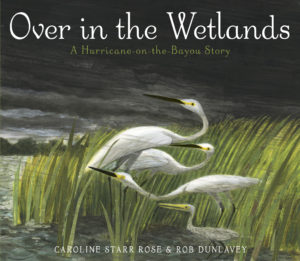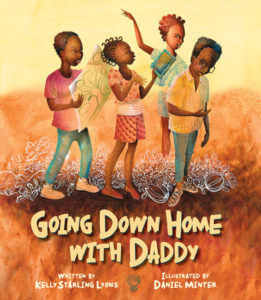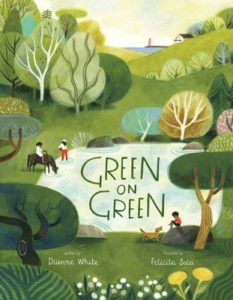Teaching tips are good all the time, but especially now with many kids learning from home. We asked our client Dianne White, a former teacher, to give us some of the ways she teaches writing. Here’s what she said:

As a classroom teacher, one of my all-time favorite professional books was Georgia Heard’s AWAKENING THE HEART (Heinemann). Its subtitle, “Exploring Poetry in Elementary and Middle School”, might lead you to believe that this is a book about helping students grow and cultivate their knowledge of poetry. Of course, it is that. But it’s also a book about using the tools of poetry to craft VOICE.
Heard was the first to introduce me to the notion that writing, in addition to having a specific point, or meaning, also contains a music, or sound that either supports and strengthens a piece, or works against it. It’s a powerful idea that I hadn’t heard described in quite this way until reading Heard’s book. Since that time, I have found the tools of poetry helpful in my own writing process and I continue to share these tools with writers of all ages in the classes and workshops I teach.
The brevity and variety of picture books and poems make for perfect mentor texts for students of any age. Most have been taught to recognize and use devices such as onomatopoeia, sensory details, similes, and metaphors. But knowing “about” them and taking the time to notice their use in published works can often be a concrete and helpful way to deepen an understanding of these important tools.
Here are a few ideas to get you started using picture books:
 In Caroline Starr Rose’s picture book OVER IN THE WETLANDS: A Hurricane-on-the-Bayou Story, illustrated by Rob Dunlavey, notice how the author builds tension through the use of changes in sentence length, specific word choice, and sound.
In Caroline Starr Rose’s picture book OVER IN THE WETLANDS: A Hurricane-on-the-Bayou Story, illustrated by Rob Dunlavey, notice how the author builds tension through the use of changes in sentence length, specific word choice, and sound.
The books begins:
“Over in the wetlands
where the silky mist weaves,
Dragonfly lights on a slender reed.
Bending toward the bayou,
she dips one wing,
rippling the water as it creeps downstream.
Gentle as a whisper too soft to hear,
a faint breeze hints that a storm draws near.”
Words like “whisper”, “weaves”, “silky”, and “soft” with their lush “w” and “s” sounds soothe the ear. Rose’s use of longer sentences leaves the impression that the wetlands are a place of calm, where time stands still.
Further on, as the hurricane arrives, twisting and roaring, the sentences become staccato short,
arranged on the page as explosive bursts of energy. Observe, too, the use of words with “plosive”
sounds, b’s and p’s, t’s and k’s:
“Pounding,
wailing,
hours endless.
Blasting,
breaking,
storm’s relentless.”
 In her newest book, GOING DOWN HOME WITH DADDY (illustrated by Daniel Minter), Kelly Starling Lyons uses personification, alliteration, and internal rhyme:
In her newest book, GOING DOWN HOME WITH DADDY (illustrated by Daniel Minter), Kelly Starling Lyons uses personification, alliteration, and internal rhyme:
“We leave when the sky is still dark with sleep.
Sis closes her eyes, but mine stay wide open.
I watch as we drive from city streets to
flowing highways under a sweep of sparkling stars.”
 And finally, from my newest, GREEN on GREEN, illustrated by Felicita Sala, note the use of repetition and patterning.
And finally, from my newest, GREEN on GREEN, illustrated by Felicita Sala, note the use of repetition and patterning.
The basic structure is the same for each season: four stanzas and a very specific sequence of words and colors held together inside the pattern established with the first stanza:
“Yellow the flower.
Yellow the seed.
Yellow and black the buzzing bee.
Lemonade petals.
Sunflakes between.
Lemonade, sunflakes, and yellow on green.”
Once kids start looking for and studying the tools, they begin to discover them everywhere. It’s impossible not to see the effects on their writing!
Find more great mentor texts to add to your school or classroom library collection by checking out these picture books:
• MAX ATTACKS by Kathi Appelt, illustrated by Penelope Dullaghan
• RISE! From Caged Bird to Poet of the People, Maya Angelou by Bethany Hegedus, illustrated by Tonya Engel
• THE BELL RANG by James E. Ransome
• JUST LIKE RUBE GOLDBERG, by Sarah Aronson, illustrated by Robert Neubecker
